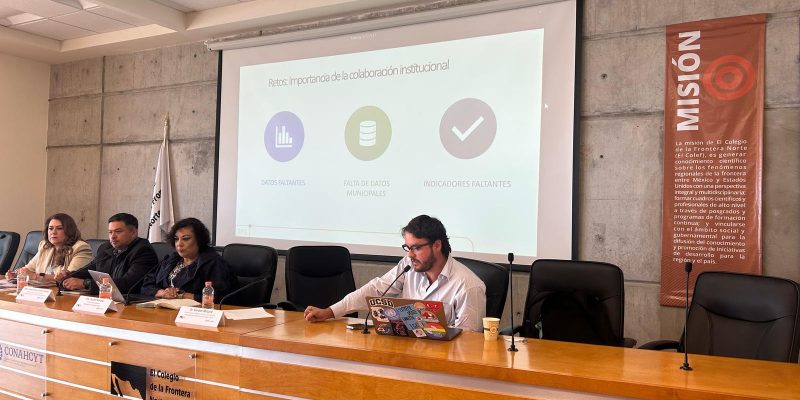From Global Goals to Local Tools
The Sustainable Development Goals (SDGs) have become a global benchmark for what progress should look like, spanning everything from decent work to climate action to gender equality. But for many governments, especially at the local or regional level, turning these 17 global goals into concrete, actionable policy remains a major challenge. The goals are ambitious. The data is scattered. And often, the frameworks feel more aspirational than practical.
Enter the SDG Policy Initiative
That is where the SDG Policy Initiative (SDGPI) at UC San Diego’s School of Global Policy and Strategy comes in. By working directly with governments, SDGPI helps translate international agendas into local, evidence‑based tools that guide better policymaking. As second‑year students in the Master of International Affairs (MIA) program, specializing in International Economics and Development, we had the opportunity to support one of SDGPI’s most innovative collaborations to date: building a municipal‑level SDG dashboard for the state of Baja California, Mexico.
Phase 1: Laying the Groundwork
This project began with the work of former MIA students Nam Pham and Daniel Gomar, who laid the foundation for Phase 1 during their final year at GPS. After their graduation, we stepped in to continue the work and help bring the first stage of the dashboard to completion. On 28 April 2025, we presented the results of Phase 1 to policymakers, researchers, and planning officials from the Government of Baja California at the Colegio de la Frontera.
The dashboard focuses on two SDGs that reflect the region’s most urgent development priorities: SDG 8, which promotes decent work and economic growth in a state known for its industrial strength but still facing high levels of informality and labor precarity; and SDG 9, which supports industry, innovation, and infrastructure, particularly relevant to Baja California’s role in global value chains and emerging near‑shoring opportunities.
Indicators, Trends, and Insights
Our work involved selecting 22 relevant indicators, harmonizing them across the state’s seven municipalities, and projecting trends toward 2030. By extrapolating past data, we identified which municipalities are currently on track to meet their targets and which are at risk of falling behind. The dashboard was designed not just to inform, but to be used—to serve as a decision‑making tool for evidence‑based policymaking, a platform for transparency and citizen access to data, and a resource for monitoring and evaluating local progress.
Phase 2: Scaling Up
Phase 2 of the project is already underway. It will expand the dashboard to include all 17 SDGs and incorporate more granular, municipal‑level data, with the aim of calculating a localized SDG Index for the state. The broader vision is to build a scalable model that other Mexican states—or subnational governments around the world—can adapt and apply to their own contexts.
What We Learned
For us, this project has been one of the most rewarding experiences of our time at UC San Diego. It gave us the chance to take what we’ve learned in the classroom and apply it to a real‑world policy challenge, engaging directly with government stakeholders and contributing to a growing, evidence‑based approach to sustainable development. We’ve sharpened our skills in data analysis, policy design, and inter‑institutional collaboration. And we’ve learned how much impact a well‑structured, accessible, and locally grounded data platform can have on the way policy is designed and delivered.
Why It Matters
Most of all, this experience has shaped how we think about development. It’s not just about theory. It’s about building tools that can empower communities, inform leaders, and hold institutions accountable. It’s about turning goals into progress—and progress into something measurable.
Learn more about the SDG Policy Initiative and the dashboard project at
https://sdgpolicyinitiative.org/baja-california-sdg/.
We’re proud to have played a part in this important work, and excited to see how it grows in the years ahead.



